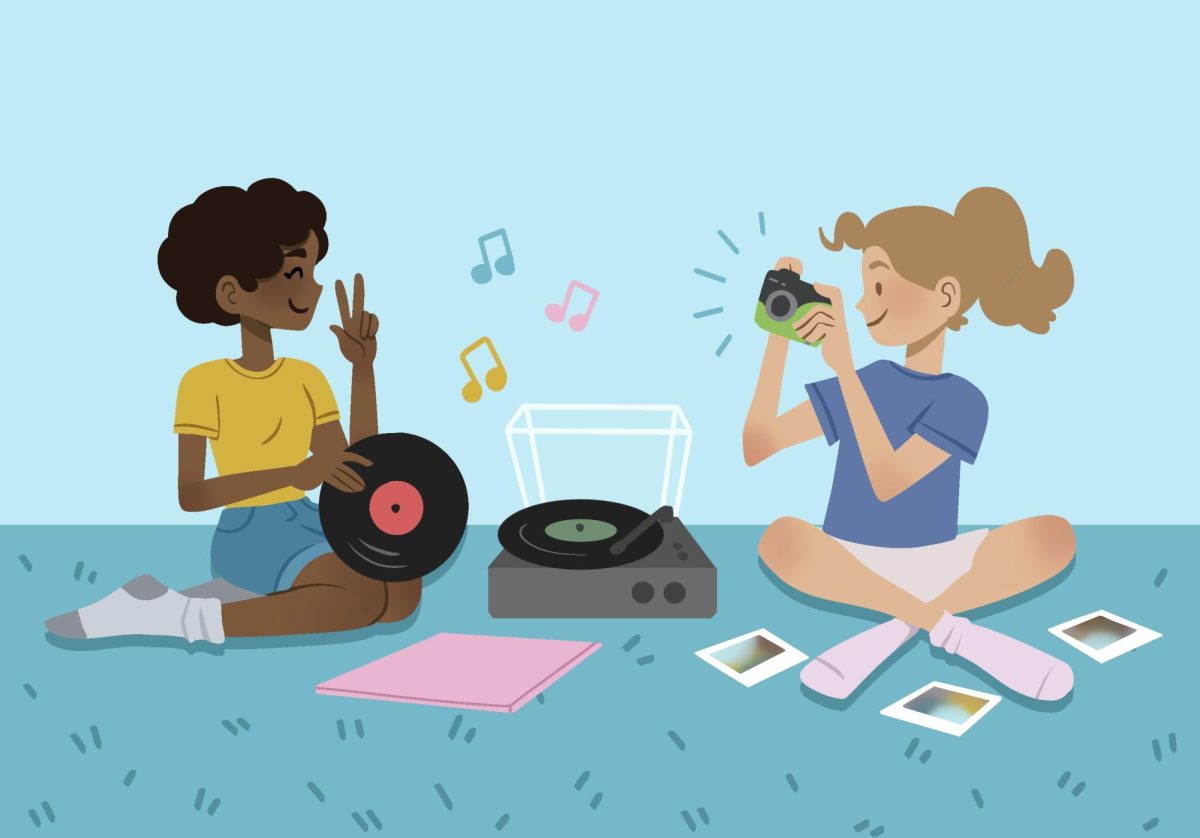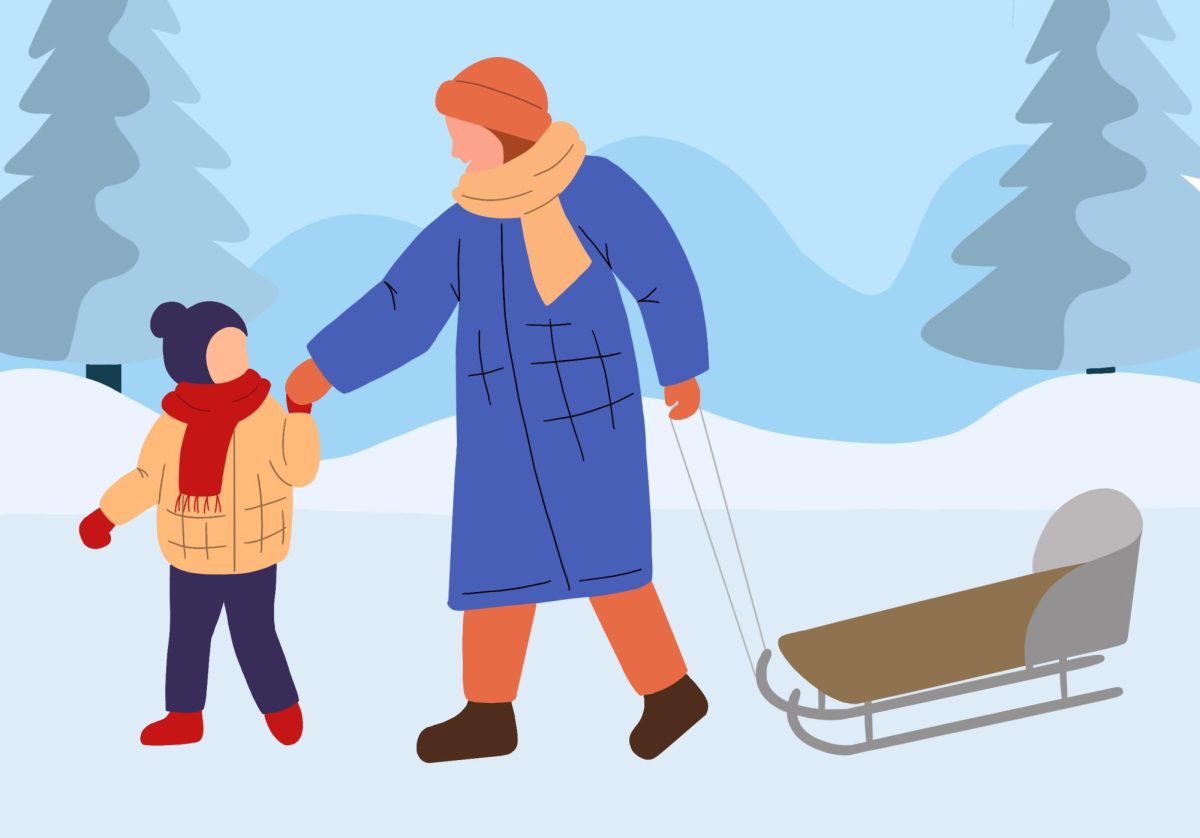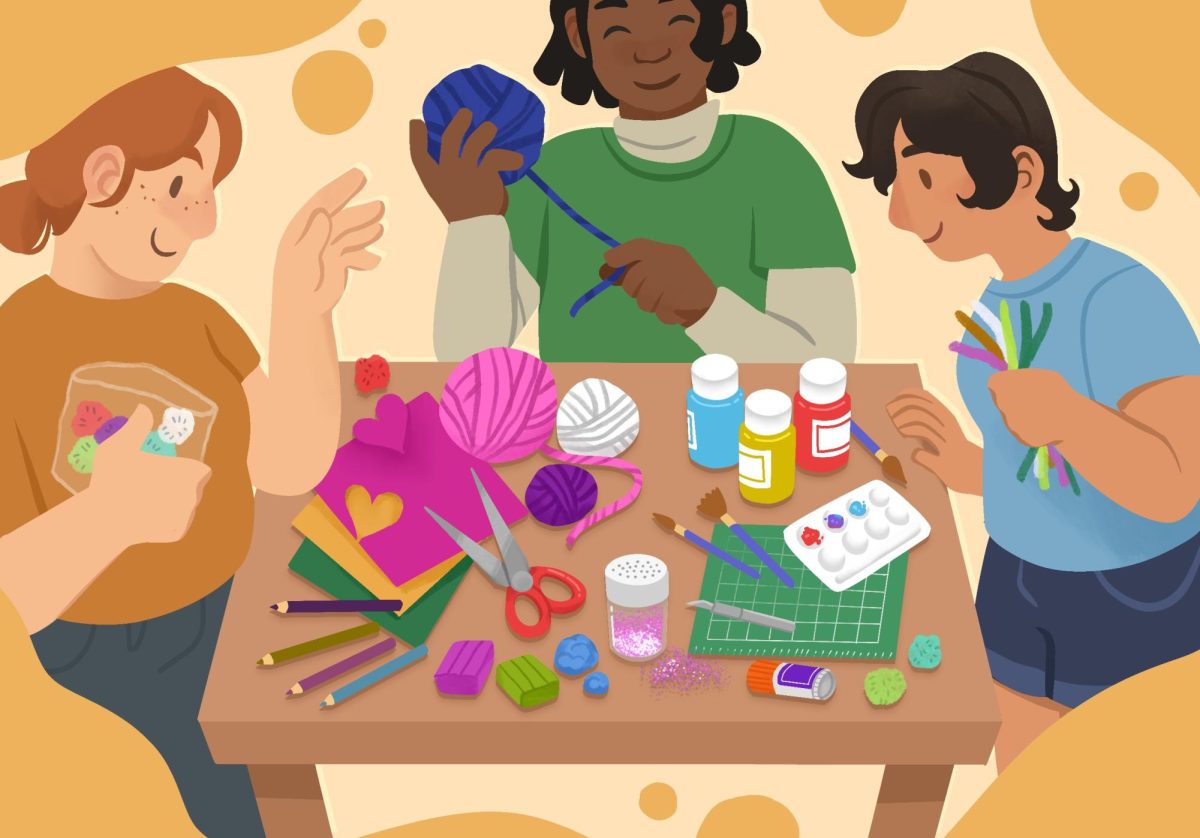Between the vampires, voodoo and Trent Reznor’s mythologized recording studio, convincing my old high school friends to meet up for a week in New Orleans hadn’t been hard. I was excited to go out exploring, and since my friends had continued their longtime habit of sleeping in well past lunchtime, I had just the time I needed to explore the city’s legendary crypts. Looking at my map, I set out to hit both of the famous cemeteries, having assumed the mysterious unmarked area that separated the two on my map to be some kind of park or undeveloped area.
So, when I walked to the end of the first cemetery and turned to see where I would make my path, I was more than surprised to find that what lay between me and the final resting place of everybody’s favorite voodoo queen was nothing so inviting as a city park. Instead, the trash-strewn and filthy street ahead of me ran underneath a noisy highway and was intersected by the entrance to what at first appeared to be an apartment community. I began to cross the street when I realized that the mild stench pervading the cemetery was actually getting stronger as I neared the neighborhood ahead. It smelled like raw sewage and gasoline, and the murky water that coated the street had an unctuous sheen to it that made the street glow – sickly and mottled. And then I looked up and realized, shocked, that the unmarked area on my map was “the projects.”
As I walked through the un-gated entrance, I saw to my left the empty parking lot of a clinic. The clinic had broken windows and beaten walls, and the ground was strewn with glass. Amid all the filth and debris, a little girl – maybe 7 years old – was sitting by herself, playing with shards of glass. The surrounding apartments appeared inhospitable and not air-conditioned. The ugly, muddy, tan paint that peeled off the sides of the outer walls looked like it was sweating from the heat. And as I kept walking, I was conscious of people sitting and standing on their porches, laughing and whistling as I passed.
I warred with myself as I walked: obvious and white, vulnerable and female. I felt my wealth and my whiteness, my privilege and my hubris, as I walked through their neighborhood, pretending I belonged. I told myself that I was right to pass through here – that if more people passed through the projects, and saw what I saw, then more people would do something. I became increasingly angry as I looked about with my peripheral vision, noting the destitution and poverty, the filth and inhumanity of the conditions. I was in shock as I realized that this was my country and these were my neighbors, who stood there and stared at me, rightly mocking my pretension. My nausea and unease growing, I kept walking, praying that the end of that awful street was near. The cemetery ahead suddenly seemed an inviting and safe place and maybe, I thought, it wouldn’t smell so bad.
Eventually I gave in to my steadily increasing uneasiness, and took a detour around the last block. I arrived at the cemetery just as a group of white, middle-class tourists, with their cameras and their entitlement clearly displayed stepped down from the horse-drawn carriages that had brought them. And as I walked through the gates of the cemetery, I breathed a sigh of relief.
That was a year ago, and now I listen to news reports of rioting, rape, theft and murder pouring out of New Orleans in the wake of Hurricane Katrina. Now I hear reporters lament the anarchy and lawlessness that they associate quite interestingly with “something you might expect to see in Haiti, but not here.” And I hear them gravely recount the Third World conditions and the rapidity of the descent into brutality and incivility: people fighting for survival, animal-like, and quickly losing their humanity.
And then it occurs to me: for some people in New Orleans, this may be the first time that the playing field has ever been leveled. The rich and the white had largely all left, and the poor and the black were now held hostage by our government’s negligence. The people have been left without the external and oppressive power structures that have so far ignored their humanity. The institutions that legitimated that ignorance are now demolished, and the people are left to realize that the law is what they make it, and money no longer has power. Now, in Katrina’s wake, everyone in the festering remains of the city has been left in a state of nature, where might makes right, and the basic resources are only available to those who are strong enough to take them, and fierce enough to keep them.
What has happened on the streets of New Orleans is exactly what our country should expect when a community that has been ignored, abused, and forgotten, is abandoned – once again – and left to fend for itself. The city had left its people to suffer in the inhuman conditions of the projects, where no one ever went, and the public never looked. But now we all see the people who had been hidden and forgotten – left off the map – and we are horrified. And that horror we all feel as we watch the footage and hear the reports is a horror that we should have been feeling for a very long time now. The news reports and television footage make it all too easy for us to disassociate ourselves from the people of New Orleans: to see them as Third World refugees, foreign and pitiable. But allowing ourselves to view our own neighbors this way – as foreign and different – is what has made this disaster possible.
Devora Shapiro is a University student and instructor. Please send comments to [email protected].







